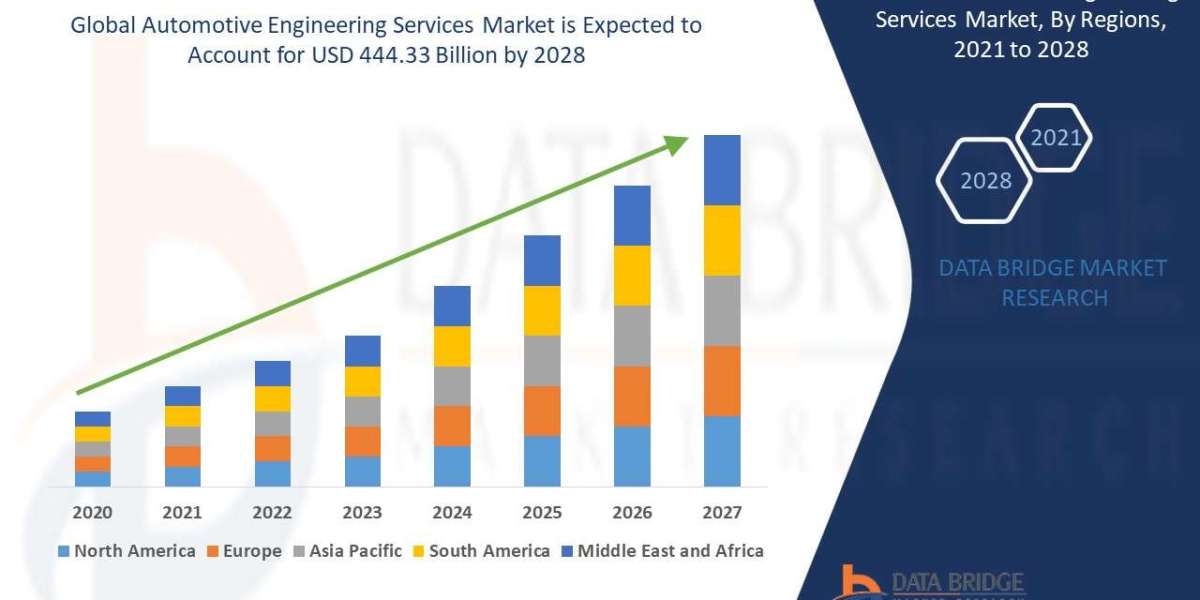Introduction:
Cost Management Accounting (CMA) reports play a pivotal role in aiding organizations in strategic decision-making processes. These reports provide a comprehensive analysis of cost-related aspects within a business, helping management assess performance, identify areas for improvement, and make informed decisions. This article delves into the significance, structure, and key components of CMA reports
Significance of CMA Reports:
Performance Evaluation:
CMA reports are instrumental in evaluating the financial performance of a business. By analyzing costs associated with production, distribution, and administration, management gains insights into the efficiency and effectiveness of various operational processes.
Strategic Planning:
CMA reports contribute to strategic planning by offering detailed information on costs and profitability. This enables management to make informed decisions regarding pricing strategies, product mix, and resource allocation, ultimately aligning the organization's activities with its broader goals.
Cost Control and Optimization:
Identifying and controlling costs is a fundamental aspect of CMA reports. These reports help management pinpoint areas where costs can be reduced or optimized without compromising the quality of products or services, leading to improved overall efficiency.
Budgeting and Forecasting:
CMA reports play a crucial role in the budgeting and forecasting processes. By providing historical cost data and trends, these reports facilitate the development of accurate budgets and forecasts, enabling organizations to set realistic financial goals.
Structure of CMA Reports:
Executive Summary:
The executive summary provides a concise overview of the key findings and recommendations presented in the CMA report. It serves as a quick reference point for busy executives and decision-makers.
Introduction:
This section outlines the scope and purpose of the CMA report. It establishes the context for the subsequent analysis and highlights the specific objectives the report aims to achieve.
Methodology:
Detailing the methodologies employed in gathering and analyzing cost-related data is crucial for ensuring the report's credibility. This section explains the data collection methods, tools, and any assumptions made during the analysis.
Cost Classification:
CMA reports typically categorize costs into various classifications, such as fixed costs, variable costs, direct costs, and indirect costs. This section provides a clear breakdown of different cost components to facilitate a comprehensive understanding.
Cost Volume Profit (CVP) Analysis:
CVP analysis is a cornerstone of CMA reports, examining the relationship between costs, volume, and profits. By analyzing how changes in volume affect costs and profits, organizations can make informed decisions on pricing and production levels.
Variance Analysis:
Variance analysis compares actual costs with budgeted or standard costs, highlighting any deviations. Understanding these variances is crucial for identifying areas where costs are not aligning with expectations and addressing them promptly.
Product Costing:
This section delves into the costs associated with specific products or services. It includes direct costs (e.g., raw materials, labor) and indirect costs (e.g., overhead), enabling management to ascertain the true cost of each product and make pricing decisions accordingly.
Activity-Based Costing (ABC):
ABC provides a more accurate representation of costs by attributing overhead to specific activities. CMA reports often incorporate ABC to enhance precision in cost allocation and reveal hidden costs associated with various processes.
Cost Control Measures:
Proposing practical cost control measures is a vital component of CMA reports. These recommendations are derived from the analysis conducted earlier in the report, offering actionable insights for management to improve cost efficiency.
Conclusion and Recommendations:
The conclusion summarizes key findings and reiterates the main recommendations. It serves as a final guide for decision-makers, emphasizing the steps that should be taken to address the identified cost-related issues.
Also Check: Bank Loan Project Report
Conclusion:
CMA reports are invaluable tools for organizations seeking to optimize their cost structures and enhance overall financial performance. By providing a systematic analysis of costs and offering actionable recommendations, these reports empower management to make informed decisions that align with the strategic goals of the organization. A well-structured CMA report not only aids in cost control but also contributes significantly to the long-term success and sustainability of businesses.








